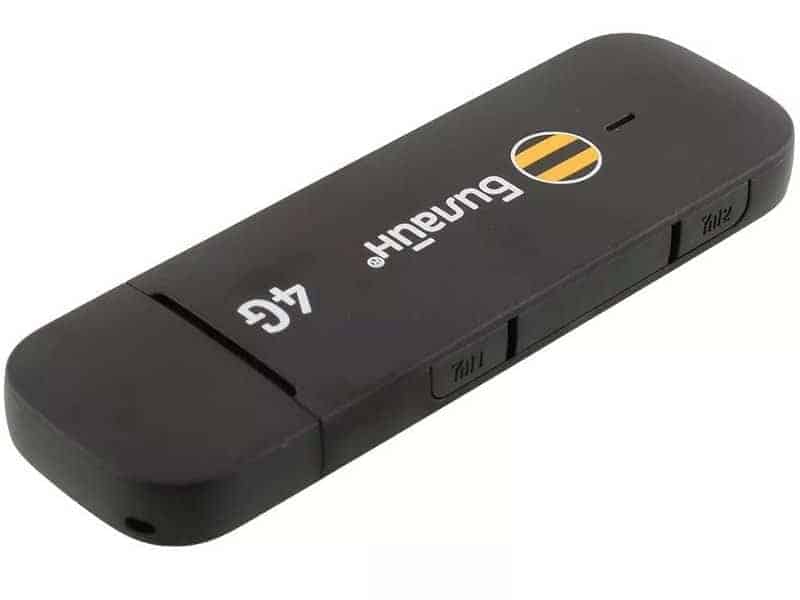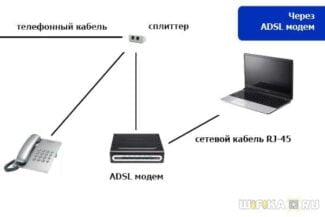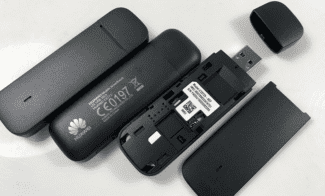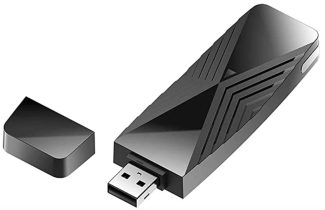The device is universal, but there is special firmware for certain operators-giants (Megafon, Beeline, MTS, Tele2).

Advantages and disadvantages of using a USB modem

All items have their advantages and disadvantages, mobile Internet modems are no exception here.
The undoubted advantage of USB modems is their mobility. There's no wire connection to the source of Internet signal. This means you'll be able to leave with your notebook computer at summer cottage, on nature, in the countryside to your parents without any worries about absence of Internet access. You can always take the USB-modem with you as it is a portable device. It also helps to connect to Internet using someone else's computer which has no other access. Most usb modems are good receivers of internet signal.
Mobile operators are developing their networks at a rapid pace. In addition, they are constantly improving network technology. Today, access to the World Wide Web on the basis of 3G or 4G has become a normal phenomenon, especially in large cities. The last time was marked by the introduction of 5G technology. So life goes on, each new day brings us more and more pleasant surprises.
Among the disadvantages of mobile Internet is the connection of SIM-card to usb-modem. That is, if you decide to change operator, put SIM card of new operator in place of the old one you won't succeed – Internet will not work. Operators specially make their own Internet-modems, tying them to their SIM-card. Such a problem is up to you if you are the owner of a universal device or an expert on the firmware of such devices. But in the second case, it is absolutely not the fact that it will function properly.
If there is no certainty on the preference of the cellular operator, you should choose a universal modem, even though it costs more, but you can always change the SIM card.
Another disadvantage is the incomplete coverage of cellular communication areas, which can sometimes make the Internet signal simply unavailable. In addition, the communication signal is unevenly distributed, which lowers its quality as well as the speed of the Internet.
Selection Criteria

First of all, you should decide what is better to buy a classic Internet modem or a router. The first one directly delivers the signal to the computer. The other is capable of distributing wi-fi signal. If signal distribution is not important, it is worth choosing an Internet modem, the more so because it is cheaper. If there are a lot of users at home, it is better to buy a router.
The cellular operator is also very important when choosing an Internet device. That's why you should get acquainted with the tariffs of mobile operators, their coverage areas, and then make a thoughtful choice, so as not to be disappointed. The most advantageous tariff plays an important role. It is best to opt for a universal device, then you do not have to scratch your head at the wrong purchase, the SIM card can be changed at any time.
It is worth paying attention to what format of Internet is available with the device – 3G or 4G. The second option looks preferable, but it costs more. If there is no possibility to receive a 4G signal, it may be worth buying the appropriate model. Although on the other hand, there is no guarantee that in a few years where only 3G signal was available, 4G signal will be available. So this is something to weigh up carefully.
There are several communication standards, differing in different transmission speeds:
- GPRS – up to 115 kbit/sec;
- EDGE – up to 384 kb/s (by the way, this is the proverbial E displayed on smartphone or tablet screens);
- HSPA – up to 42.2 Mbps;
- LTE – the fastest standard today with speeds up to 1 Gb / s.
The presence of an interface for an external antenna will be a very important detail in the country, where the signal level is unstable, varying with weather conditions, at certain times of the day (the signal is weaker in the evening).
How it differs from a router
Contrary to the opinion of most users, a modem and a router are different devices. They differ in principle of operation. A modem is used to convert the signal it receives from digital to analog and vice versa. That is, its task is to receive, convert and then transmit information. It provides access to the Internet only on one computer and does not distribute it to other devices.
A router (also called a router) is used to distribute incoming Internet signals to all the devices connected to it. This can be done both through a cable connection and wirelessly. It has a built-in DHCP server function that gives each device its own IP address.
This allows the router to identify which gadget is connecting to it and to which address it needs to send the information. The pluses of such a network include the ability to exchange data within it.
Types and types of modems
Modern devices differ from each other in the type of connection to a PC or laptop. Some are used exclusively within the home or office, while others are used anywhere within the mobile network coverage area. Let's talk more about each of them.
Combined and separate
Combined ones combine a modem and a router, which means they can both convert the signal and distribute the Internet. They are equipped with one DSL and four LAN ports as well as an antenna and a Wi-Fi module. The DSL connects the telephone cable, and the LAN ports and Wi-Fi network connect all the devices in the house. An example is the D-Link DSL 2640U.

The latter have only one DSL and one LAN port each. The first one has a telephone cable, and the second one has a network cable that connects the modem to the PC. Internet distribution in this case is done by connecting a router to the device. To do this, the cable coming from the LAN port of the modem is connected to the WAN port of the router.

ADSL .
The working principle of their devices has already been described, so we will not dwell on it in detail. We can only say that these devices are equipped with a DSL port, which instead of the standard 8 wires has only 6. To connect it, the RJ-11 cable is used. The disadvantages of these devices include low bandwidth, i.e. limited data transfer speed.

A built-in ADSL modem is represented by a card that is inserted into the motherboard of a PC. It provides Internet access to only one device, so it is not as popular as combined modems.







